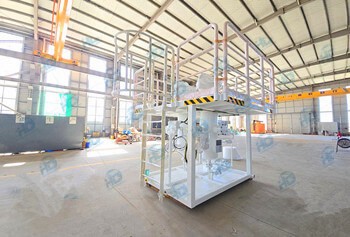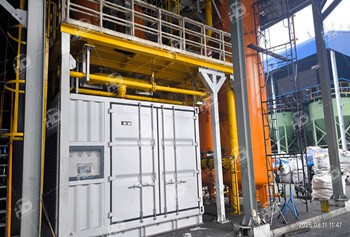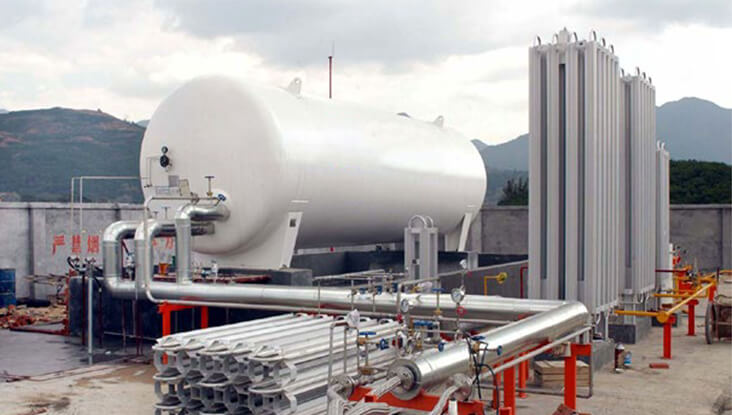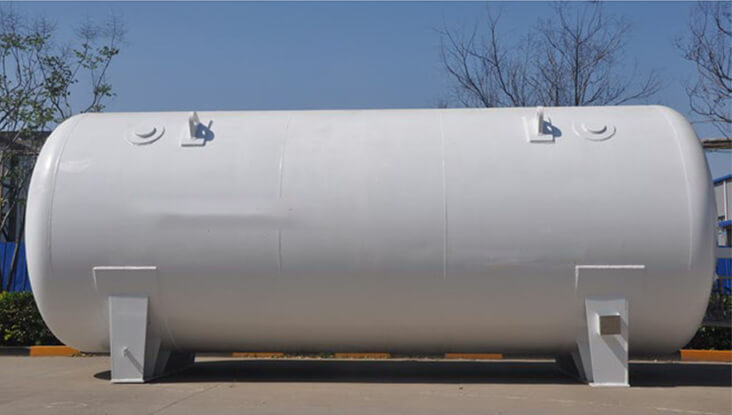There are six factors that will influence the natural gas and liquefied natural gas (LNG) market in Asia-Pacific region in 2020.
1.Further falling of Asian LNG spot prices
In 2019, the global LNG market is heavily dependent on Europe, which is leading to an oversupply. LNG production from projects in the United States and Australia has surged and the demand for LNG in the Asia-Pacific region has stalled, leaving spot LNG to be sold in Europe at discounted prices.
With European natural gas inventories have already reached at record level in early 2020, Europe will rely more on flexible supply or increased demand in the power sector than it did last year. This will lead to lower gas prices in 2020 and lower spot prices in Asia.
2.Market liberalization and lower LNG spot prices
“Spot LNG prices are low, which makes sense for emerging buyers. Whether it is Petronas Malaysia, PTT Thailand or KOGAS Korean, they have a series of long-term supply contracts with relatively high prices. Being able to buy LNG from the spot market will provide end users with additional profits and improve their competitiveness in the market. After several spot transactions, these new buyers and LNG suppliers will be confident in their commercial ability to purchase LNG”.
3.Declining demand for natural gas and LNG in China
In 2019, the growth rate of Chinese natural gas demand dropped to 9% from 17% in 2018. The economic slowdown has affected overall energy demand.
4.Boycott of coal from Northeast Asia
The growing air quality problems have prompted Northeast Asian markets such as South Korea to adopt new energy policies to reduce coal power generation.
5.Southeast Asia will introduce policies to support natural gas
In 2020, several official documents that may change the natural gas market in Southeast Asia will be released. Natural gas is expected to play a prominent role in the start-up of the master plans for the electricity and gas markets in Thailand and Vietnam. This will provide key strategic signals to market participants in the region.
6.Postponed commissioning of re-gasification receiving terminal in India
New re-gasification capacity is crucial for India to take advantage of low spot prices. However, re-gasification development projects in India have a history of delays, mainly due to the difficulty of connecting to the power grid, thus limiting capacity to a low level.
In addition, analysts said that Mundra and Jaigarh are the trial operation targets of the re-gasification project this year. The two receiving terminals were originally scheduled to be put into operation in 2019, but have been postponed for various reasons.
-
2025 / 11 / 01
 HC Successfully Delivers Gas-Liquid-Sand Separator for Xinjiang Oilfield Project
HC Successfully Delivers Gas-Liquid-Sand Separator for Xinjiang Oilfield Project -
2025 / 08 / 20
 HC Successfully Delivered Filter Coalescer Skid to Malaysia
HC Successfully Delivered Filter Coalescer Skid to Malaysia -
2025 / 08 / 12
 Thailand Sulfur Removal Unit Commissioned for Natural Gas Processing Plant
Thailand Sulfur Removal Unit Commissioned for Natural Gas Processing Plant
- +86 158 6190 3617











